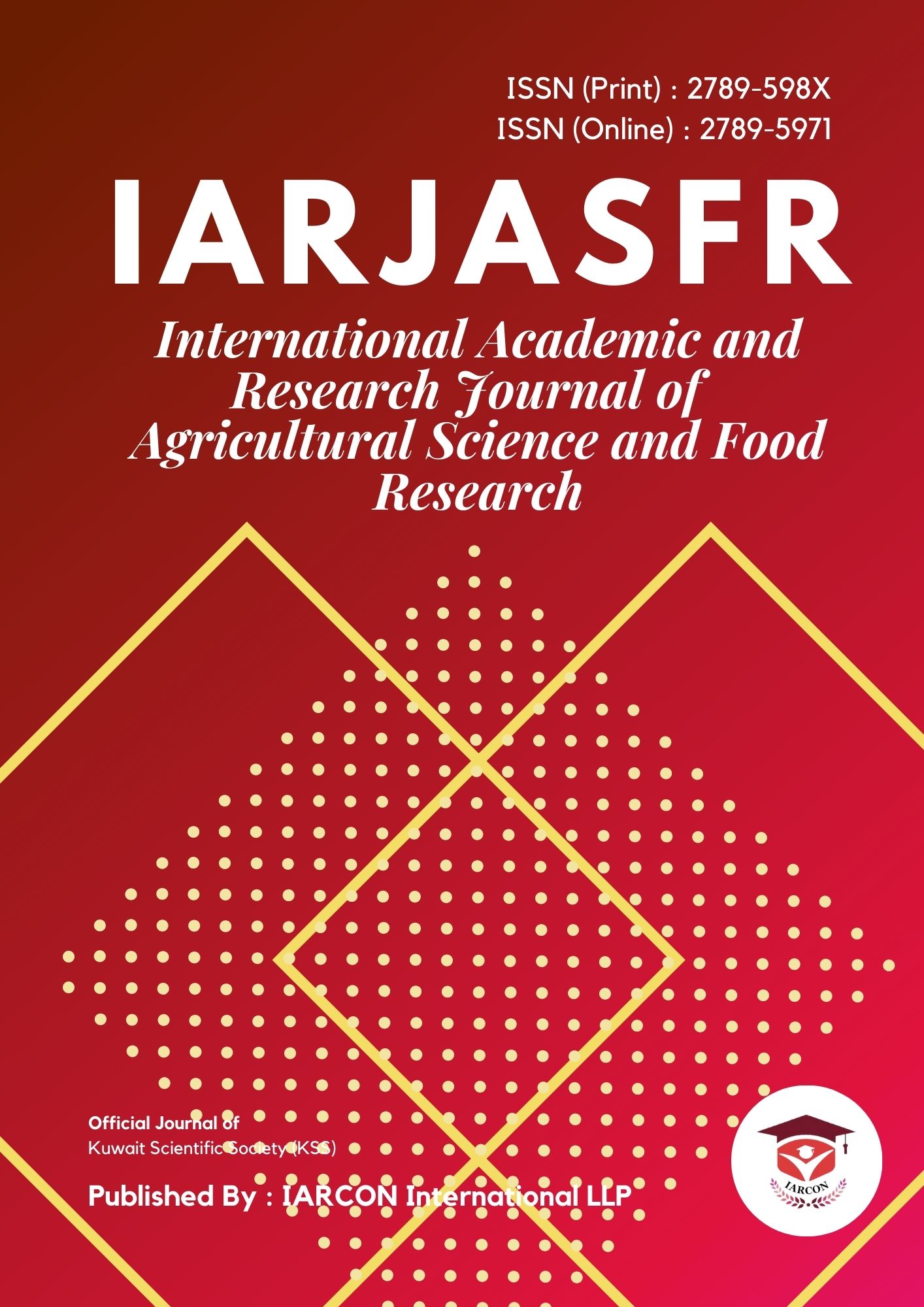The modern food business makes use of a wide variety of surfaces, including wood, plastic, stainless steel, and glass. Microorganisms that cause food cross-contamination via contact with work surfaces may infect these surfaces. Controlling microbiological risks and preventing food safety concerns is currently mostly accomplished via the use of HACCP-based procedures. As a consequence of this preventative strategy, microbiological tests of surfaces have become one instrument for controlling product hygiene. For the sake of public health, a technique for removing microbes from various solid surfaces is required. There is currently no legislation pertaining to surface microbial contamination; nonetheless, in order to increase product value and decrease contamination risks, food corporations often create technical criteria. This review aims to identify the most important food contaminated microbes and provide the most commonly used methods for the prevention of contaminated food microbes. The choice of microbial prevention method should be appropriate for the type and size of the surface tested for microbiological analysis. Today, highways and cheap roads should be especially uniform and easy to perform in this area.

